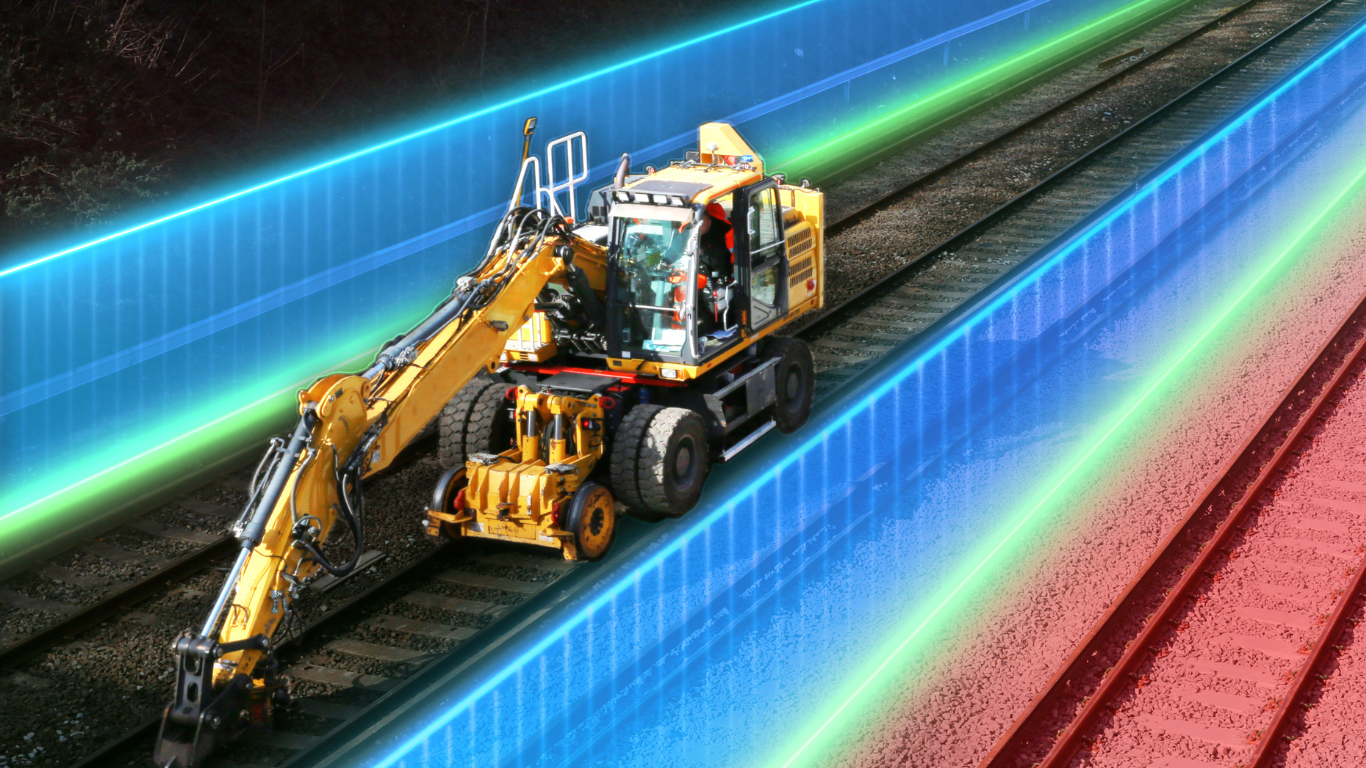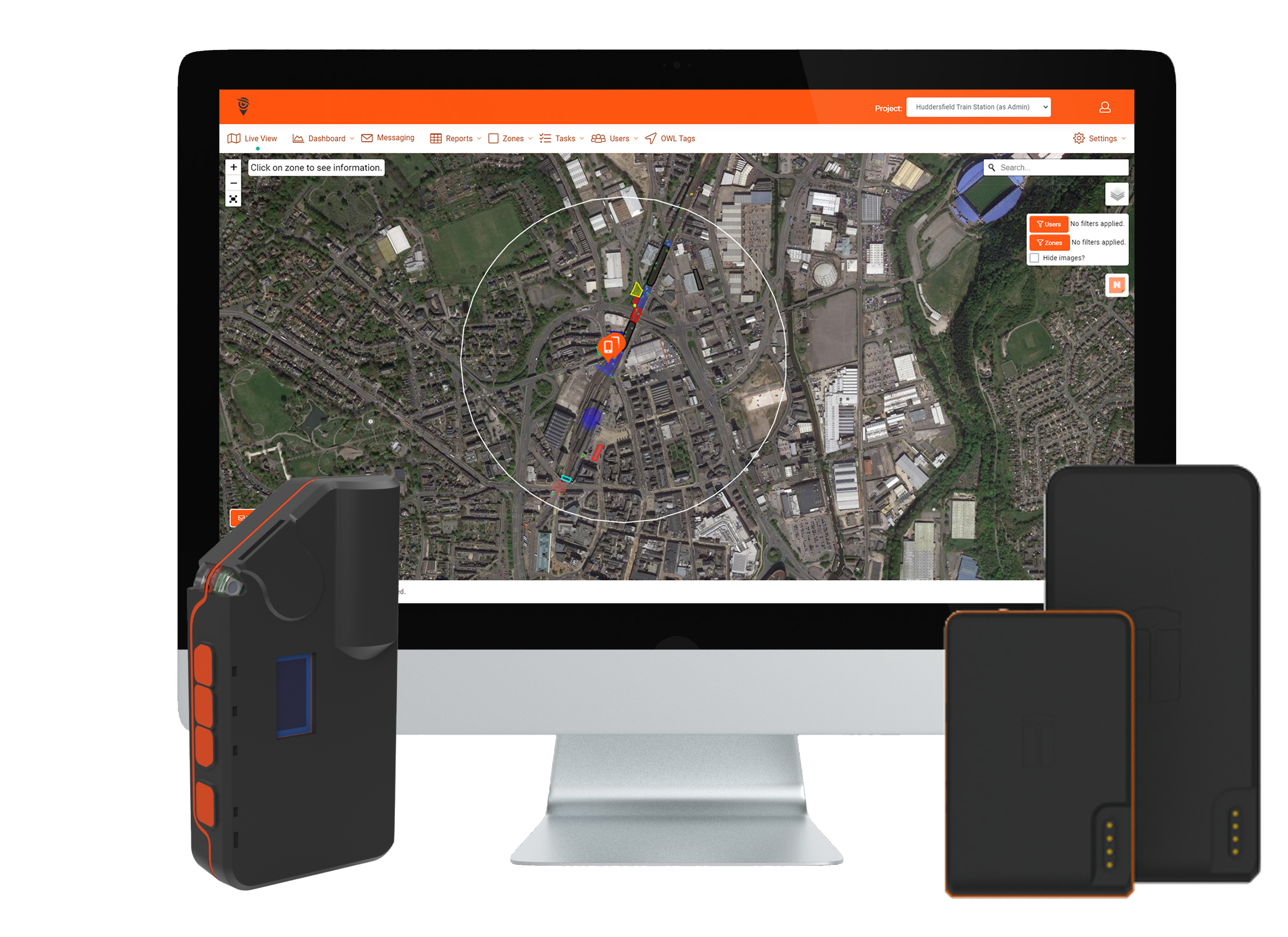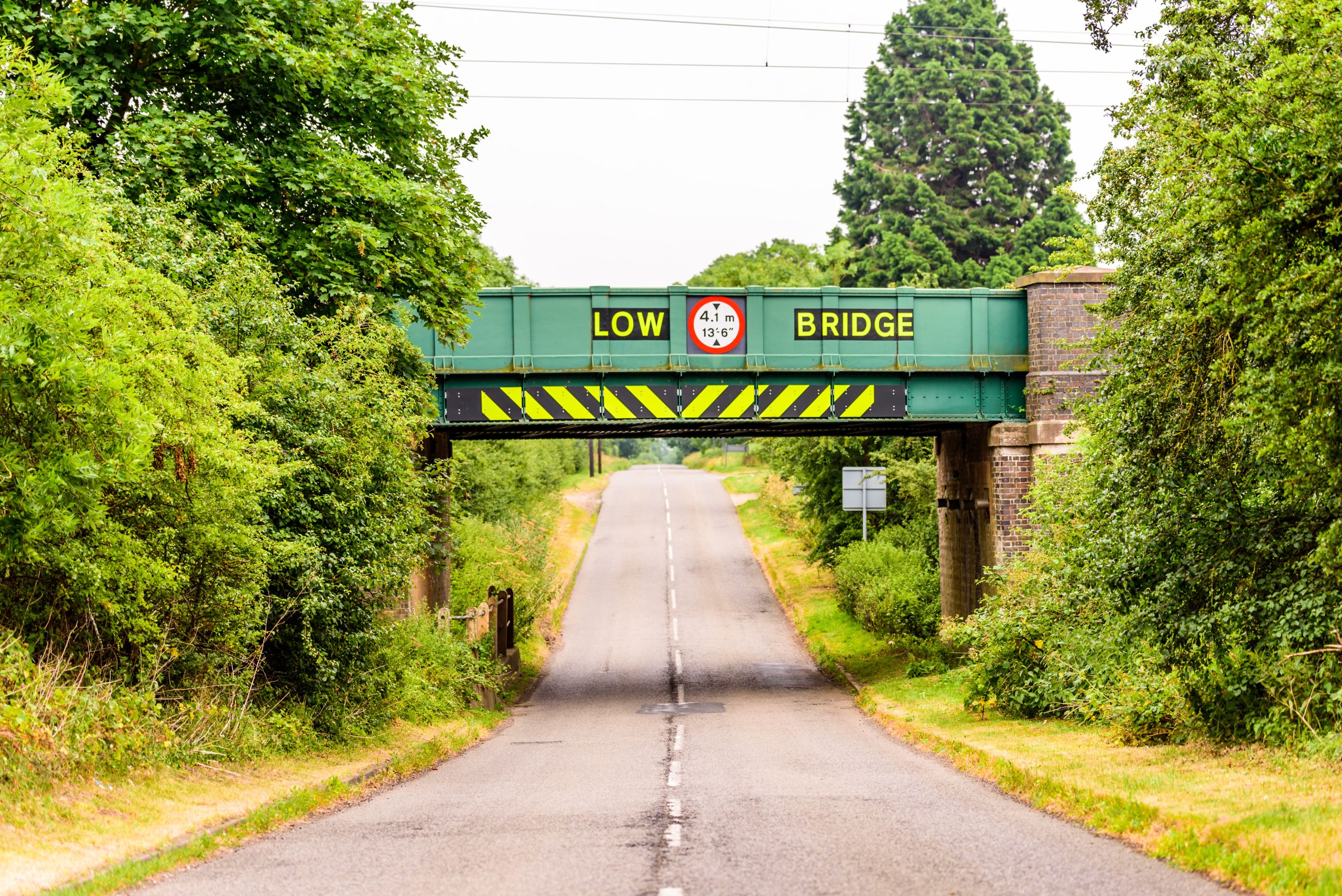The Health and Safety Executive recently released their latest figures recently covering 2022-2023 – with 2.1 deaths per 100,000 workers reported for the construction sector.
The past year has seen an overall 10% increase across all sectors in work-related deaths and 565,000 employees across all sectors reported non-fatal injuries. These are broken down into:
- 30% slips, trips, or falls
- 18% Handling, lifting, or carrying
- 11% Struck by a moving object
- 9% Acts of violence
- 8% falls from a height
The top three causes of fatal accidents are:
- Falls from height
- Being struck by a moving object
- Being struck by a moving vehicle
The question is, can anything be done to consistently reduce workplace accidents?
The good news
New technology is evolving and helping to meet the needs of ever more complex working environments – Connected Autonomous Vehicles, AI, and robotics are becoming more commonplace and have led to a shift in the skills necessary particularly in construction. These new tools have also meant that employees are having to adjust to new ways of working – this means change management, training and development and continuous feedback are key.
Intelligent Risk assessment and predictive analysis
AI is being used to predict and prevent incidents; big data sets and models predict the likelihood, location, and frequency of incidents. AI can also undertake incident reporting – offering insights, automated follow up actions and incident analysis removing manual process that leave room for a margin of error.
Computer vision-based safety monitoring
AI technology can recognise images, objects, and situations. It can be used to recognise non-compliance when it comes to PPE – this is something being done by Division X – the next generation tech part of BT. This software can recognise when PPE is not being worn and other critical safety, security violations – it can accurately carry out visual inspections and alert managers when the software detects issues.
Wearable tech such as OWL
Our own geofencing wearable tech can be used to alert wearers when they lose situational awareness, it also gives an overview of where machinery is in relation to people – giving an alert to the wearer when they enter a boundary around a piece of equipment.
Given the statistic that 11% of workplace injuries are caused by a person being struck by a moving object, and the third biggest cause of fatal injury is being hit by a moving vehicle, OWL is helping with accident prevention.
OWL is currently being piloted with Network Rail and National Highways. Our technology is being used to enhance safety, protect the environment, and monitor the location of contractors to ensure they are aware of their surroundings including site boundaries and SSSI protection.
USEFUL LINKS
Work-related fatal injuries in Great Britain, 2023 (hse.gov.uk)
The autonomous plant: Entering a new digital era | McKinsey
Transforming health and safety with AI | IOSH Magazine
Smarter Than You Think: AI’s Impact on Workplace Safety | EHS Today






